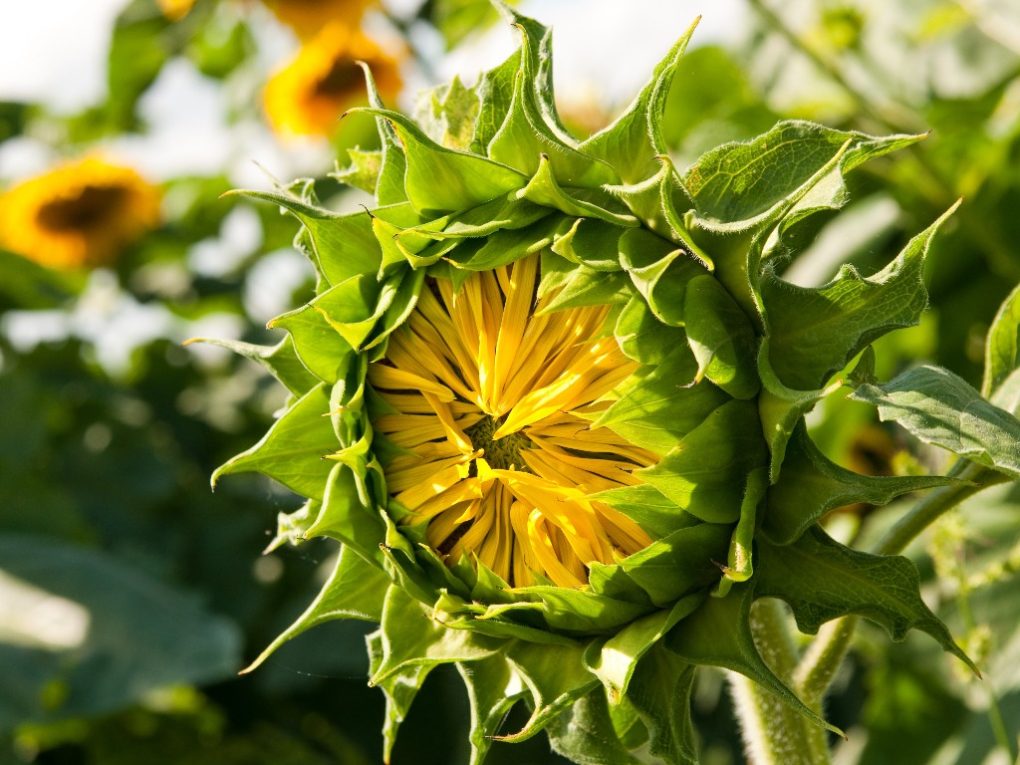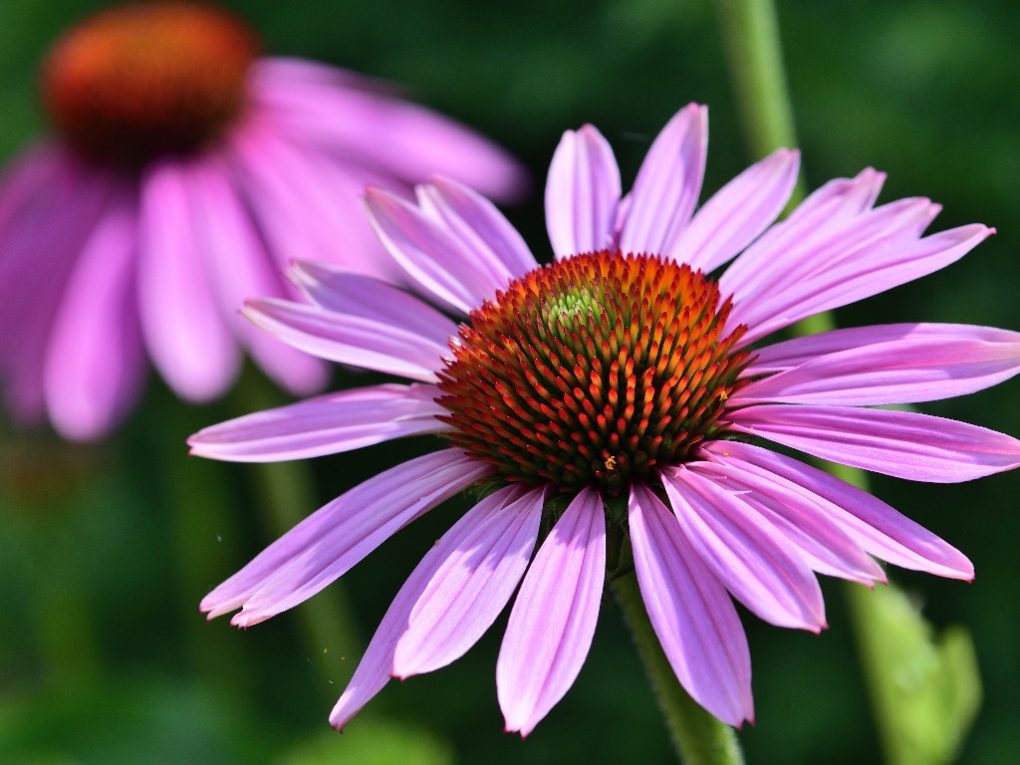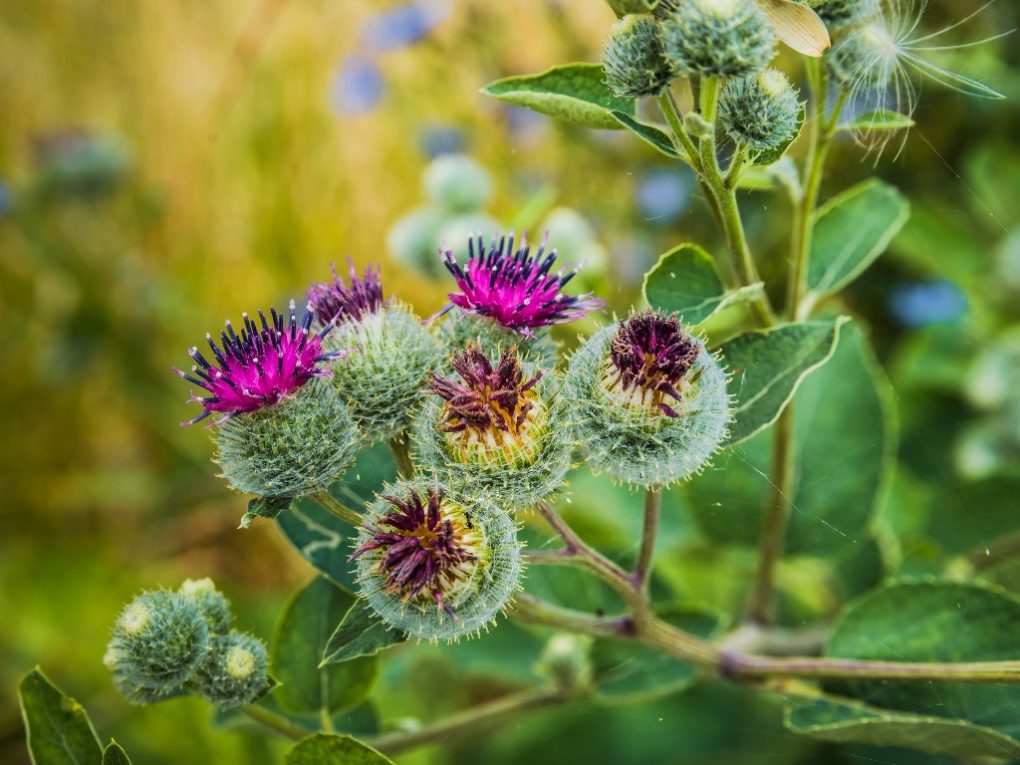Do Sunflowers Have Thorns: What You Need to Know About Thorns in the Sunflower Family
No, sunflowers do not have thorns. The stems of sunflowers are generally smooth and hairy, but they do not have any thorns or prickles. However, some other plants that are of the sunflower family, such as thistles, do have thorns. Therefore, it’s important to be cautious when handling plants with thorns, as they can cause injury.
Thorns are a defensive adaptation some plants have developed to protect themselves from herbivores or other threats. However, they require the plant to invest energy and resources into their development. Sunflowers have likely evolved to rely on other forms of defense, such as chemical defenses or physical barriers, rather than thorns, which may be less effective or efficient for their particular survival strategy.

Table of Contents
Members of the Sunflower Family That Have Thorns
The sunflower family (Asteraceae) is a large and diverse family of flowering plants that includes many species with different physical characteristics. While sunflowers do not have thorns, other plants in the Asteraceae family have thorns or spines for protection. Here are a few examples.
Thistles
Thistles are plants with prickly or spiny leaves, stems, and flower heads. Thistle thorns are modified leaves that are often quite sharp and rigid. The thorns are typically found along the margins of the plant’s leaves and on the stems and flower heads. They are often arranged in a circular pattern around the base of the flower head.
Thistle thorns are usually long and pointed, with a sharp tip that can pierce skin or clothing. They may be straight or slightly curved and often have small barbs or hooks along the sides, making them difficult to remove. They are formed from modified leaf tissue, are typically quite hard and rigid, and may be hollow or solid, depending on the thistle species.
Thistle thorns are a defensive adaptation that helps to protect the plant from herbivores and other threats. They can be quite effective at deterring animals from feeding on the leaves or flower heads of the plant.
There are many thistle species, and the thorns can vary in size and shape depending on the species. Some thistles have long, thin thorns spaced far apart, while others have shorter, thicker thorns that are more densely packed. Some thistles have softer, more flexible spines less likely to cause injury, while others have very sharp, rigid thorns that can be dangerous.
Echinacea

Echinacea, commonly known as coneflower, is a genus of plants in the sunflower family with bristly hairs on their stems and leaves that can be somewhat sharp. The thorns on Echinacea plants are typically found along the stem and on the underside of the leaves and may also be present on the flower heads, although these structures are generally not as densely covered with thorns as the stem and leaves.
The thorns on Echinacea are generally short and stiff, and they may be straight or slightly curved. They are typically less sharp than the thorns on some other plants, such as thistles or cacti, and are formed from modified hairs or bristles rather than leaves and may be hollow or solid, depending on the species of Echinacea.
Like thorns on other plants, the thorns on Echinacea serve a defensive function, helping to protect the plant from herbivores and other threats. However, they are typically less effective at deterring animals than other thorns.
The thorns on different species of Echinacea can vary in size and shape. Some species have very short, sparse thorns, while others have longer, denser thorns that cover the stem and leaves more completely. In general, however, the thorns on Echinacea are not as prominent as those on other plants in the sunflower family.
Arctium
Arctium, commonly known as burdock, is a genus of plants in the sunflower family. Burdock plants are known for their prickly burs, which can stick to clothing and animal fur. The thorns on Arctium plants are typically found on the burs, which are the plant’s round, spiky seed heads. They may also be present on the stem and leaves of the plant, but these structures are generally less densely covered with thorns than the burs.
The thorns on Arctium are stiff and prickly, and they are typically hooked or curved at the tip. They are covered in fine hairs, making them feel prickly. Thorns are formed from modified bracts, which are the small, leaf-like structures that surround the flowers on the bur. The thorns are typically solid rather than hollow.

The thorns on Arctium serve a defensive function, helping to protect the plant’s seeds from being eaten by herbivores or carried away by the wind. The burs can stick to the fur of animals, allowing the seeds to be dispersed to new locations. The thorns on Arctium are quite distinctive and make the burs easy to recognize.
Importance of Thorns in Flowers
Thorns, spines, and prickles are all types of modified leaves or stem that has evolved in plants to serve as a defense mechanism against herbivores or other threats. In some flowers, thorns protect the plant and ensure its survival.
One of the most important functions of thorns in flowers is to deter herbivores from eating the plant. The sharp, pointed structures can be a physical barrier that discourages animals from coming too close to the plant. This can be particularly important in areas where grazing animals are common.
Thorns can also protect the plant against physical damage. In windy or stormy conditions, for example, thorns can help to keep flowers and leaves from breaking or bending too far. In some species of plants, thorns may help to conserve water. By reducing the stem or leaf’s surface area, thorns can help minimize the amount of water lost through transpiration.
In certain climbing plants, such as roses or bougainvillea, thorns can serve as hooks that help the plant climb upward. The thorns can latch onto nearby structures or surfaces, allowing the plant to reach higher and spread further.
